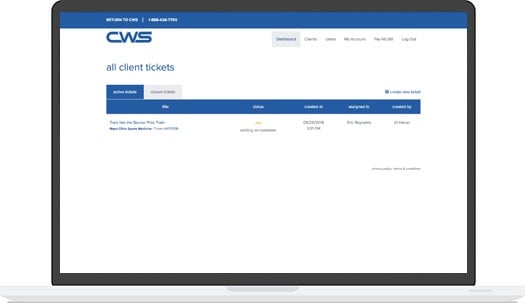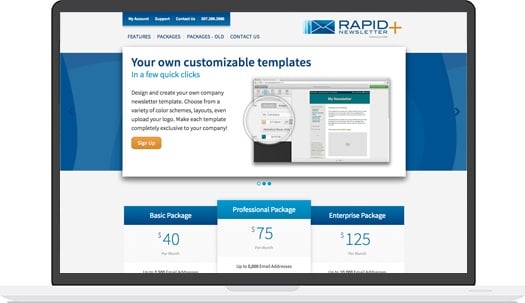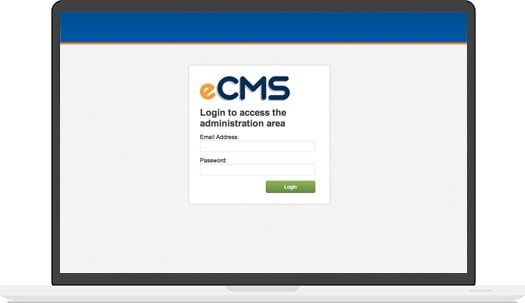When you first land on a web page everything that fits on your screen is considered above the fold. Content found above the fold will be viewed more often and generally contains the websites most important information. Information found below the fold is viewed less often and generally contains information that does not need to be emphasized.
Website owners have made the mistake of trying to fit everything above the fold because they don't think that viewers don't like scrolling. With the growing popularity of the mobile web, viewers are getting used to scrolling because of the smaller screen sizes. Items place below the fold are starting to be viewed more often because the viewer is more comfortable with scrolling to reveal content found off screen.
To utilize the space off screen you need to let viewers know that there is more content on the page then what is displayed above the fold. You can make the viewer aware of the content off screen by giving them subtle queues letting them know to scroll down.
A few ways to draw views below the fold are:
- Running body copy off of the screen
- Straddle images and heading over the "fold"
- Use callout boxes for important information ( content style to look different than the body copy)
You can also be more direct by placing a list of quick links above the fold. A quick link or a reference link will take the viewer down to where the specific spot where the content is being displayed on the page. These are great for longer pages, allowing for quicker navigation of the site. A good practice, when using quick links on a long page, is to provide a link back to the top so they can access the main navigation.
The most viewed area on a website will always be above the fold. You can easily guide a viewer past the fold allowing you more space to get your message across.

.jpg?t=1533315998368) How-To Articles
How-To Articles Support Portal
Support Portal Webmail
Webmail Rapid Newsletter+
Rapid Newsletter+ eCMS
eCMS
 Our content team is made up of thought leaders, strategists, and content creators who have more than 70 years of combined experience. With a wide variety of backgrounds as entrepreneurs, marketing gurus, healthcare associates, as well as plenty of experience in other industries, we help grow businesses with our relevant, trusted, and helpful resources.
Our content team is made up of thought leaders, strategists, and content creators who have more than 70 years of combined experience. With a wide variety of backgrounds as entrepreneurs, marketing gurus, healthcare associates, as well as plenty of experience in other industries, we help grow businesses with our relevant, trusted, and helpful resources.
